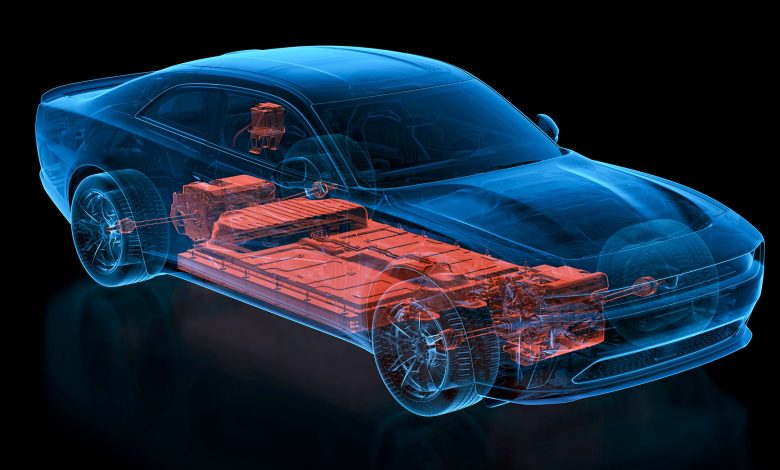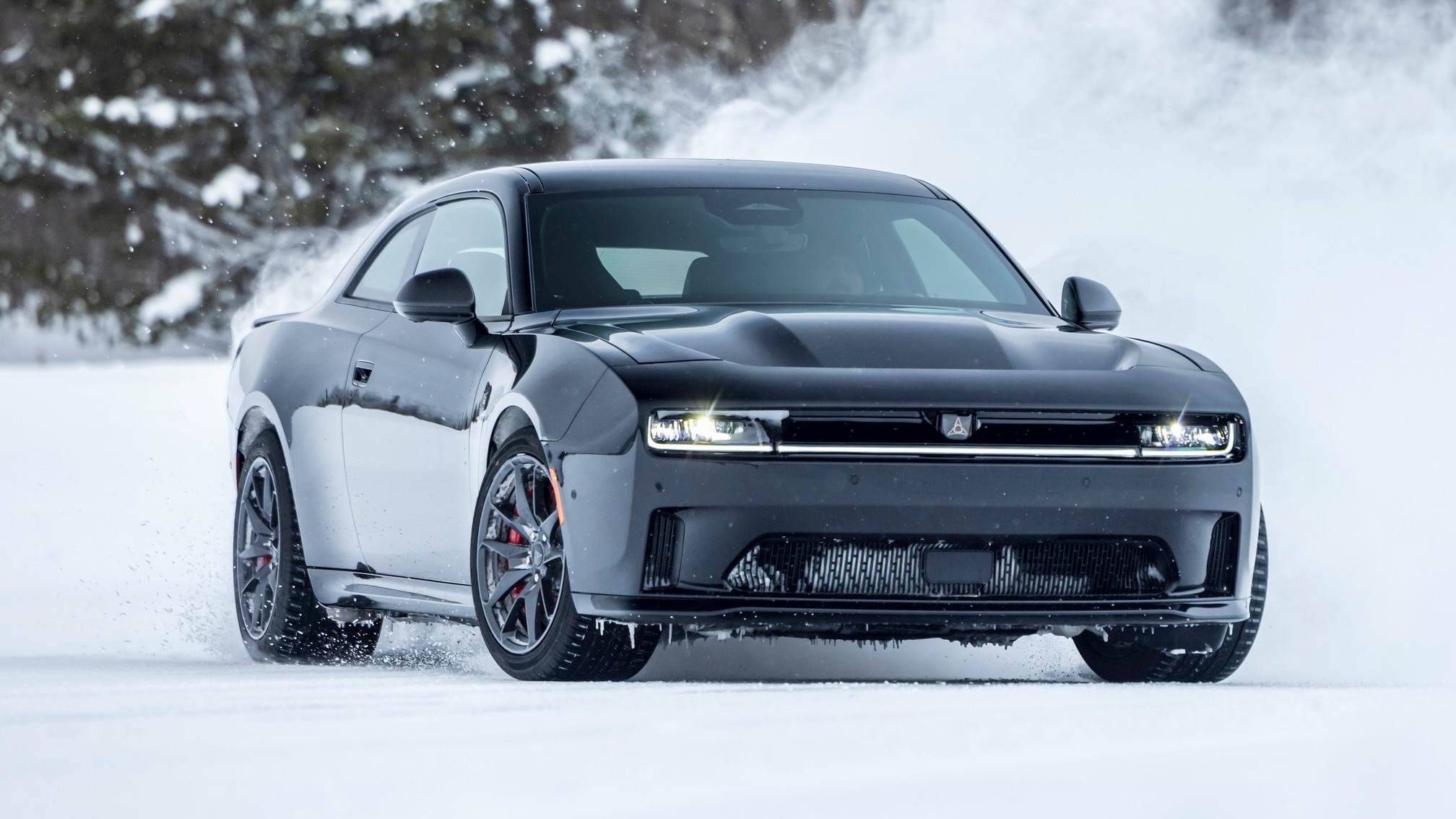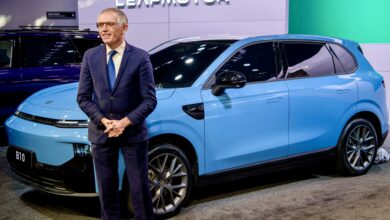Stellantis & Factorial Energy Hit Solid-State Battery Breakthrough
New Tech Promises Faster Charging, Better Range, and More Durable EV Performance

Stellantis and Factorial Energy just hit a major milestone in the development of next-gen electric vehicle batteries. The two companies have successfully validated automotive-sized solid-state battery cells using Factorial’s FEST® (Factorial Electrolyte System Technology), bringing solid-state batteries one step closer to the vehicles we’ll actually see on the road.

Unlike traditional lithium-ion batteries, these new solid-state cells pack more energy, weigh less, and charge way faster. The 77Ah FEST® cells deliver a powerful energy density of 375Wh/kg, and they can go from 15% to 90% charge in just 18 minutes at room temperature. That’s a huge leap for battery technology—especially for performance-driven EVs like the Dodge Charger Daytona.
“Reaching this level of performance reflects the strengths of our collaboration with Factorial,” said Ned Curic, Stellantis’ Chief Engineering and Technology Officer. “This breakthrough puts us at the forefront of the solid-state revolution, but we are not stopping there. We continue working together to push the boundaries and deliver even more advanced solutions, bringing us closer to lighter, more efficient batteries that reduce costs for our customers.”
One of the biggest challenges in battery technology has been performance in extreme temperatures. But Factorial’s advanced electrolyte formula can handle environments from -30°C to 45°C (-22°F to 113°F), making it much more practical for daily driving across the U.S., from snowy winters in Michigan to sweltering summers in Arizona.

The new cells also boast impressive power capability, with discharge rates up to 4C, which translates to better performance and acceleration in EVs. Plus, the batteries are already showing good durability, with over 600 charge cycles completed so far.
“Battery development is about compromise. While optimizing one feature is simple, balancing high energy density, cycle life, fast charging, and safety in an automotive-sized battery with OEM validation is a breakthrough,” said Siyu Huang, CEO of Factorial Energy. “This achievement with Stellantis is bringing next-generation battery technology from research to reality.”

Beyond just building the batteries, Stellantis and Factorial are working together to optimize the battery pack architecture, reduce weight, and improve how these new cells integrate into vehicles. Less weight means longer range, better performance, and more efficient EVs overall.
This isn’t just lab talk, either. Stellantis plans to launch a demonstration fleet of Dodge Charger Daytona EVs by 2026, equipped with these solid-state batteries. It’s a huge move that could redefine the electric muscle car segment. Currently, the 2025 Dodge Charger Daytona Scat Pack uses a 100.5 kWh lithium-ion battery with an EPA-estimated range of 241 miles—a number that could rise significantly with solid-state integration.

Back in 2021, Stellantis invested $75 million into Factorial Energy. This latest achievement is proof that the partnership is paying off—and positioning both companies to lead in the next wave of EV technology.
With this kind of innovation under the hood, the future of electric driving isn’t just about going green—it’s about going fast, charging quickly, and driving smarter.






6 replies
Loading new replies...
Join the full discussion at the Mopar Insiders Forum →